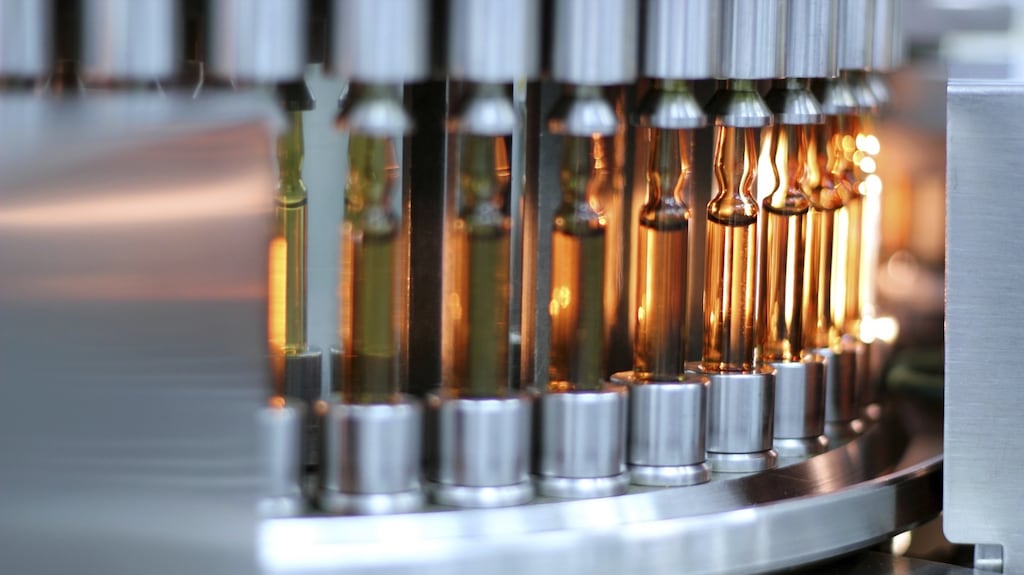The difficulties in reading the runes of the Irish economy are well known: whereas in most other economies the path of Gross Domestic Product (GDP) tells a useful story of how living standards are developing, in the Irish case, GDP figures can send perverse signals as to what is really happening because of how the activities of multinational enterprises are recorded for GDP purposes.
As a result, Ireland has had to develop new measures, like GNI (modified gross national income), to track the real economy. While these are informative, due to data problems they only become available six to nine months after a year ends.
Over the past decade, probably the most useful current indicator of Irish economic wellbeing has been employment. Since the nadir of the financial crisis in 2013, employment has risen 40 per cent. Over the past year employment growth has continued, increasing 4 per cent. This has all the hallmarks of a vibrant economy.
Although the number of part-time workers who want a full-time job has been rising, suggesting jobs growth is slowing, employment figures for 2023 indicate that there was significant growth in the economy, and this appears to be continuing into the new year.
Although the economy progressed well in 2022 and 2023, the cost-of-living squeeze as inflation rose meant it has not felt that good for many households. Price increases, reflecting supply chain constraints post-pandemic as well as the impact of war in Ukraine, meant the average real income of individuals actually fell in 2022. Over much of 2023, incomes only kept pace with prices.
However, the last quarter of 2023 saw income growth significantly outpace the rise in prices, and this is set to continue into this year. This means that, for most households, 2024 will see a real increase in disposable incomes, even after the wind-down of temporary government income supports.
The result of increasing household spending power will be faster growth in demand in Ireland, driven by domestic factors rather than just the foreign multinational sector. The Central Bank forecasts that its preferred measure of overall activity, modified domestic demand, will rise 2.5 per cent this year, more rapidly than in 2023.
On the multinational side of things, the sector faced some difficulties in 2023, but these are likely to be temporary.
The pharmaceutical sector in Ireland is very important, accounting for 2 per cent of all jobs, and 3 per cent of highly paid graduate employment. As demand for Covid vaccines waned last year, some big firms had to shift away from highly profitable vaccine-related production to other lines. The result was a fall in output, as reflected in a drop of almost 5 per cent in pharmaceutical exports in the first 10 months of 2023.
Despite this reduction, newspaper reports suggest few if any redundancies, and some continuing new hires in the sector. This indicates that these companies see 2023′s reduction in sales as temporary, as they reposition themselves in a post-pandemic world to continue to produce on a big scale.
Due to dislocation to their production of iPhones in China last winter, Apple also experienced a temporary blip in its profits – probably affecting the tax paid here in 2023 – but not their employment.
Overall, the IT services sector in Ireland accounts for more than 4 per cent of employment and 7 per cent of graduate employment. It is also very well paid, with average annual earnings of over €80,000.
In the first three quarters of 2023, IT services employment rose by over 6 per cent, further increasing its share of the economy and contributing to growth in output and living standards. While growth in 2024 may well be slower, it will still be positive, boosting overall economic performance.
Intel completed a new plant in Maynooth last September at a cost of €17 billion. Since 2019 this project has accounted for a significant share of all investment in Ireland. Now that the plant is complete, with a full staff, it will add to domestic production and to the economy’s wage bill this year.
Reflecting these positive trends, tax revenue, both income tax and corporation tax, was buoyant last year.
In the light of the continuing strength of the economy in 2023, fiscal policy was too stimulatory. Public spending, including the overrun in health expenditure, probably applied a stimulus to the economy amounting to more than 0.5 per cent of national income. This added to inflationary pressure.
For this year, fiscal policy is more finely balanced. However, as the economy is still growing rapidly, it would have been wiser to have applied a brake, either through spending less, or through raising the tax share.
- Sign up for Business push alerts and have the best news, analysis and comment delivered directly to your phone
- Find The Irish Times on WhatsApp and stay up to date
- Our Inside Business podcast is published weekly – Find the latest episode here
















